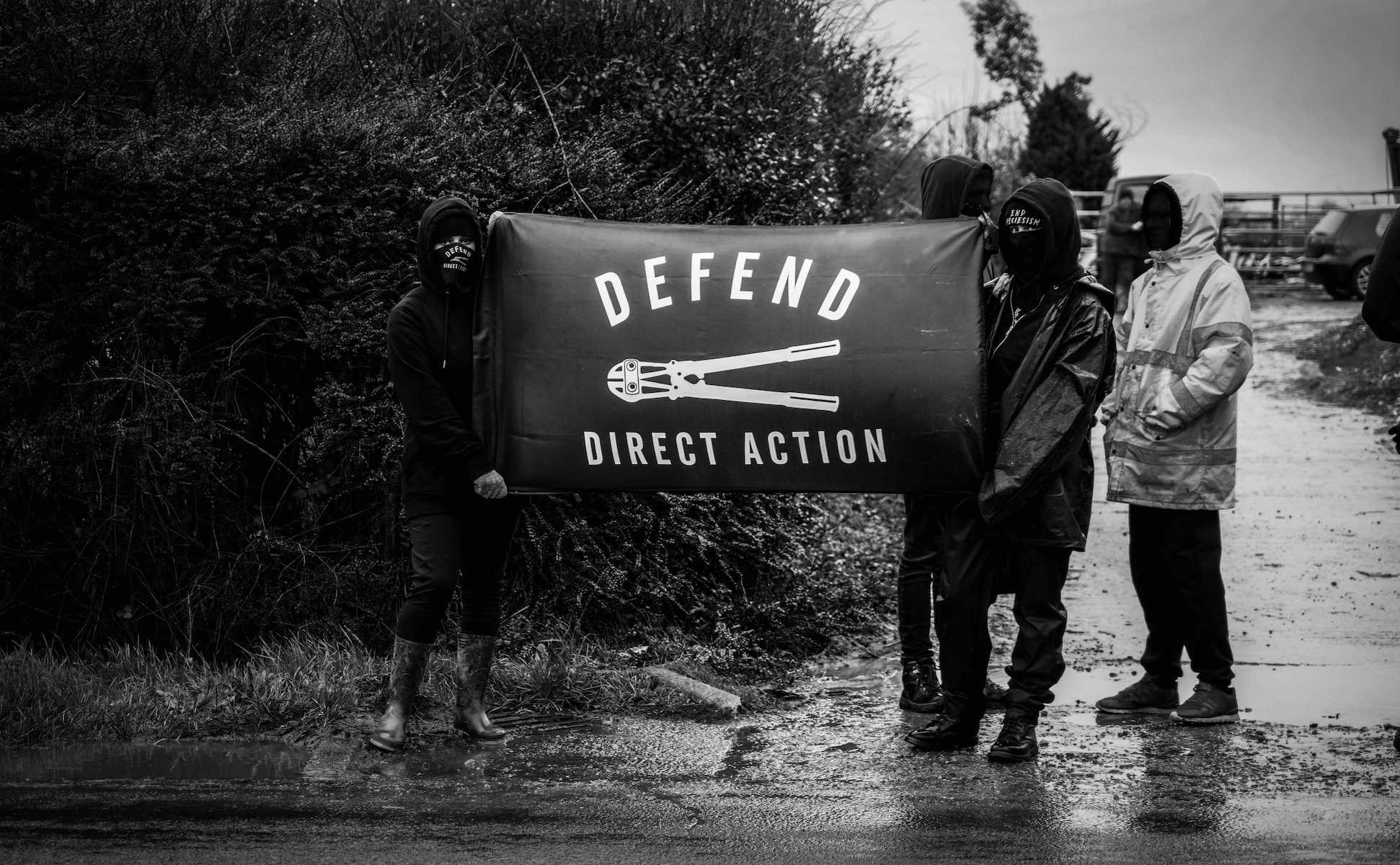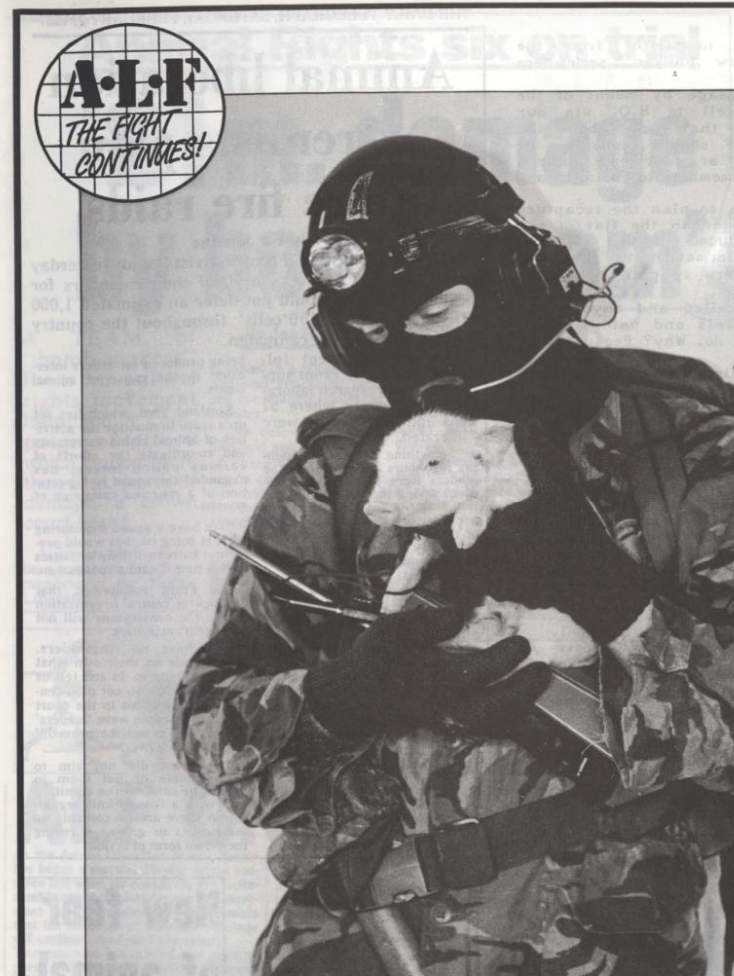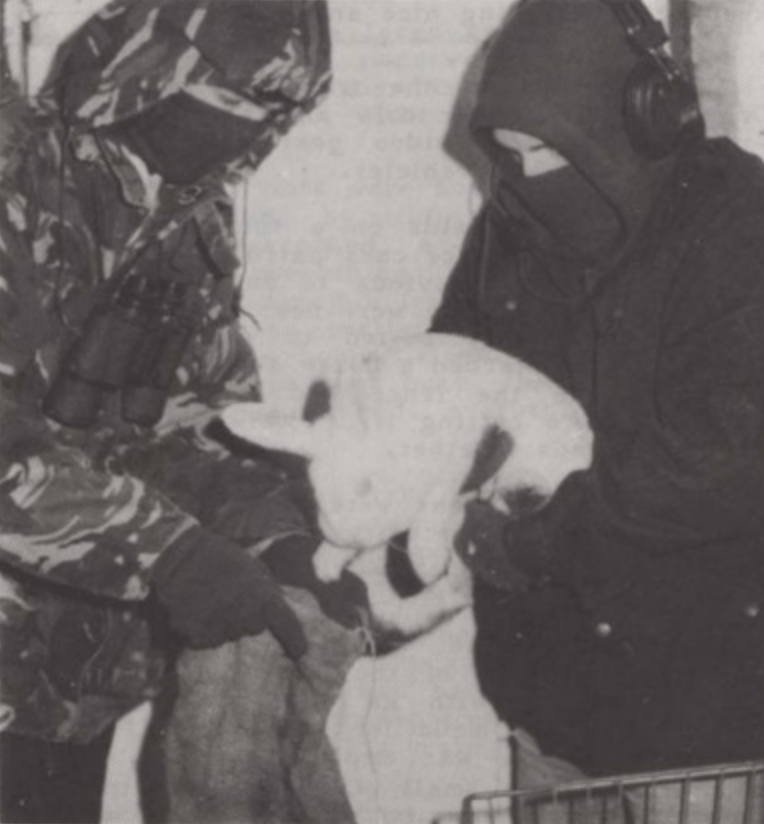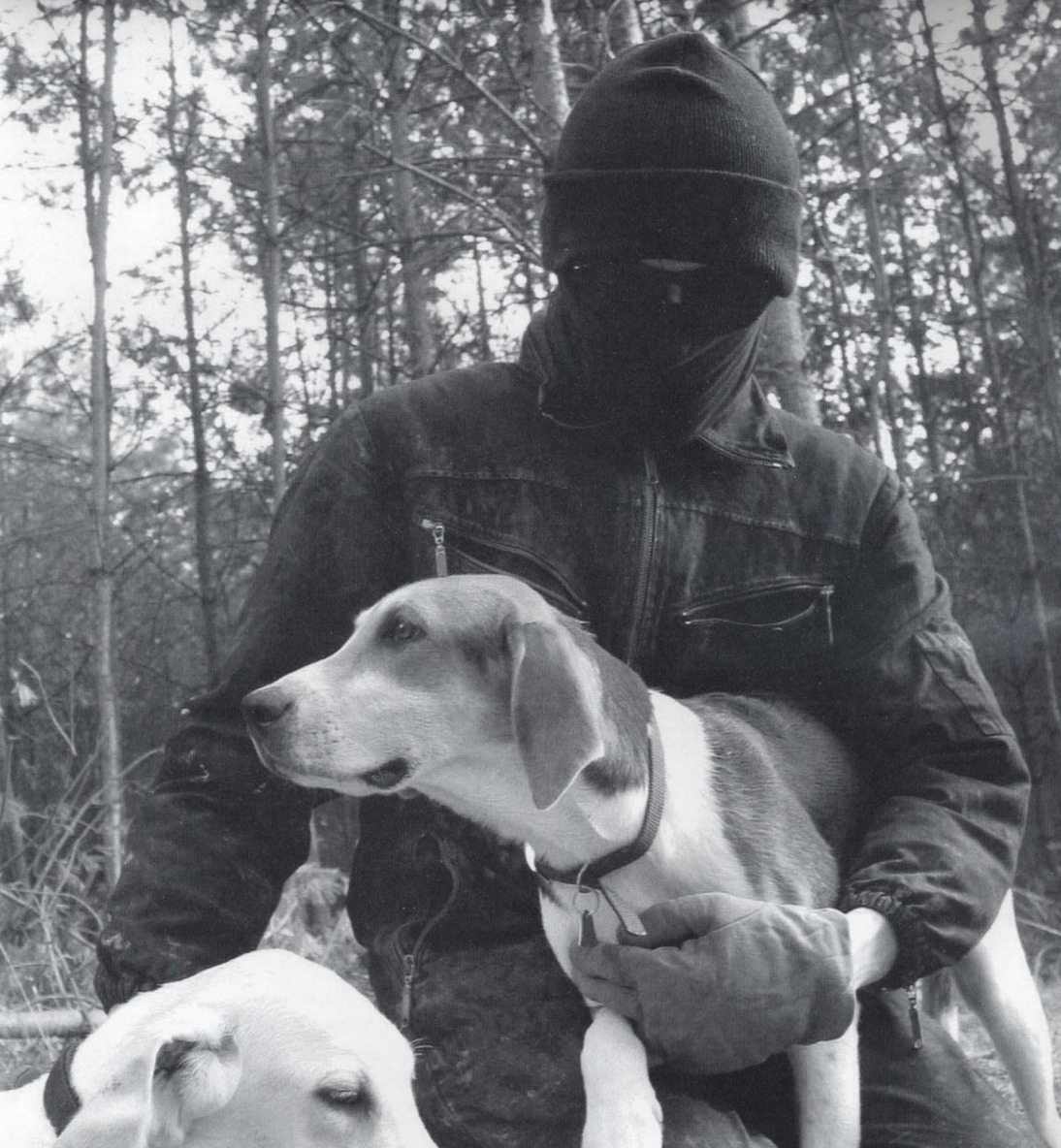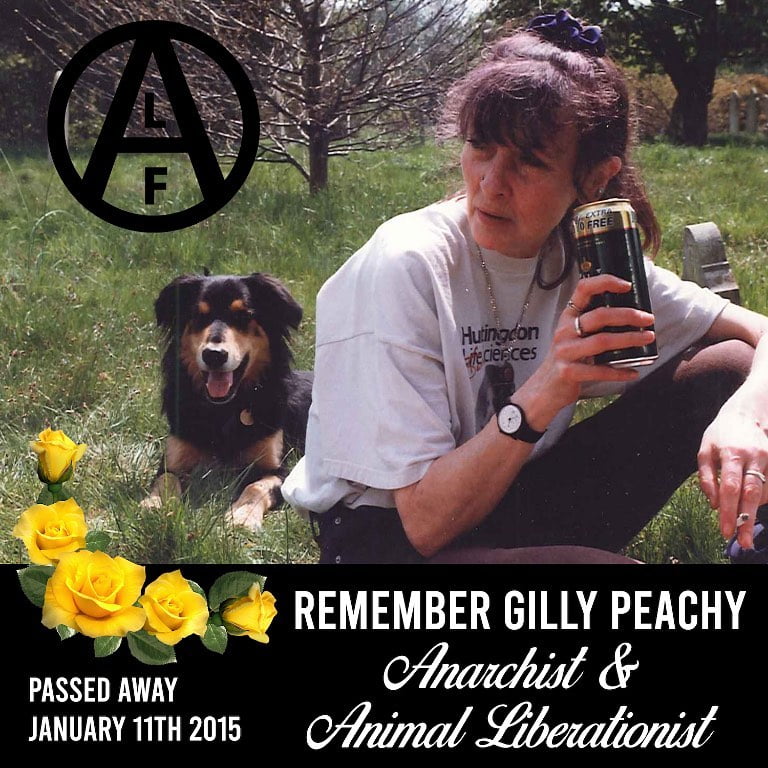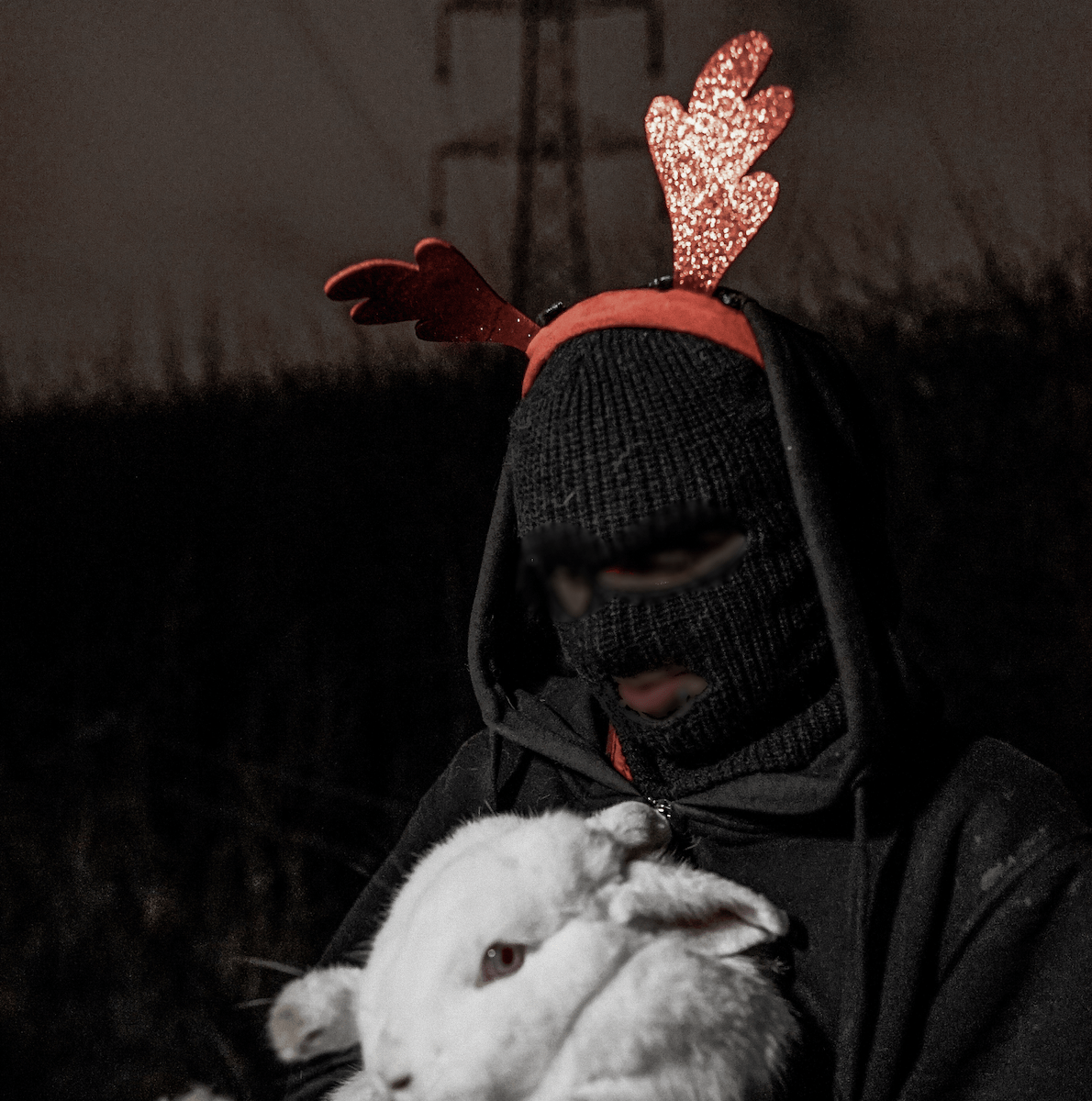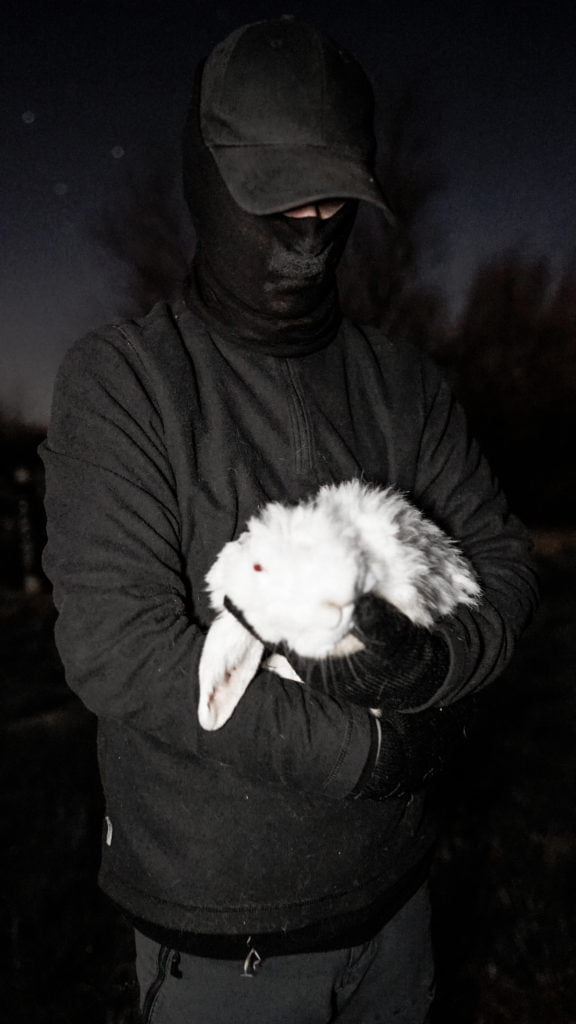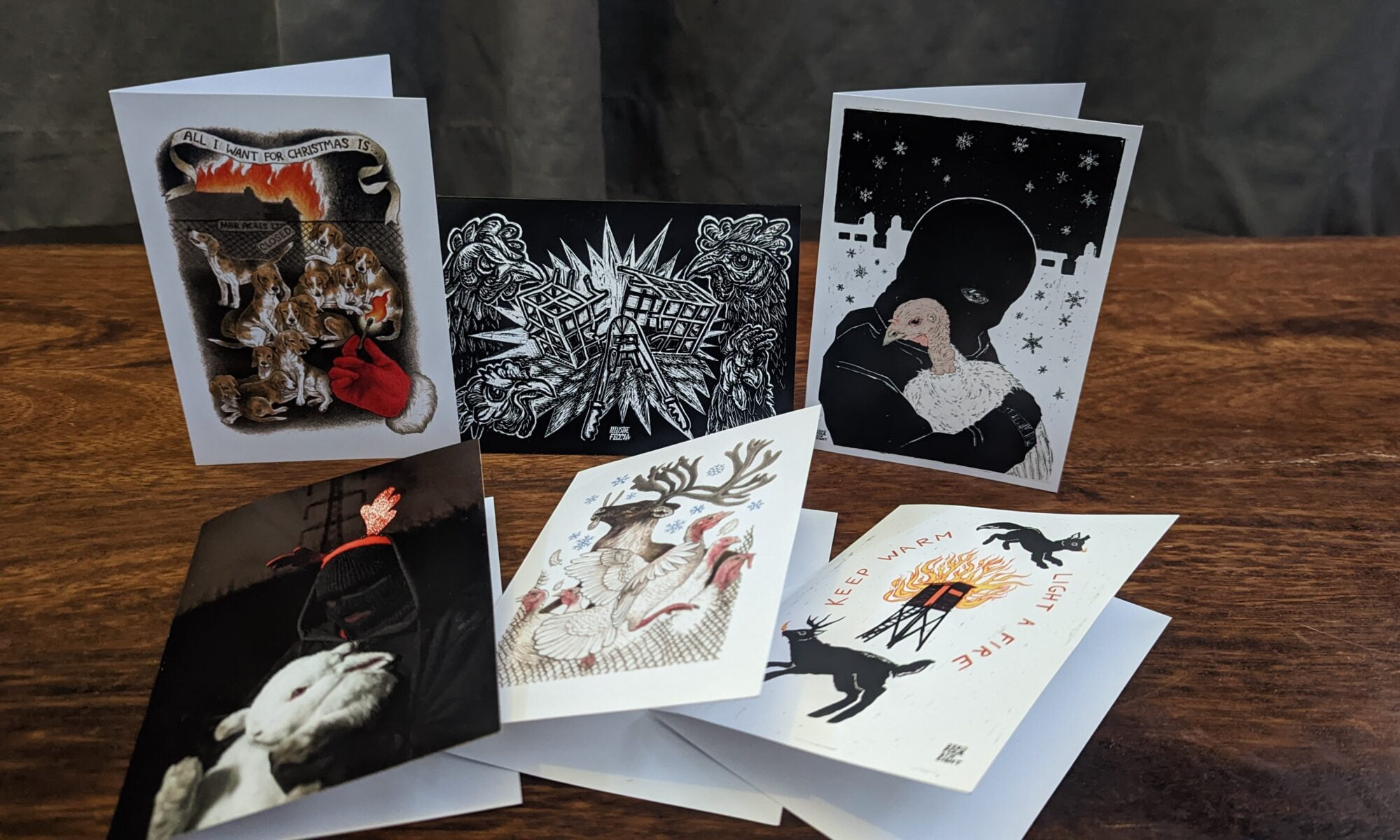We believe we’ve found enough folks to keep the project going, so we have reopened the website.
This means we can once again receive anonymous reports, and folks who have any prisoner/arrest/court support needs can reach out again. In the near future, we will set up a public prisoner support email address so that the prisoner support team can directly communicate with those who might need some support (or with their solidarity groups if they are in prison). For the time being, our usual email address will do just fine for this matter.
From Monday onwards, we will be back to a semi-regular schedule, and with the help of multiple people who have offered to submit regular work, we will get back on track with news about prisoners and campaigns from around the world.
Folks are still welcome to reach out with single submissions if they wish to publish about a specific topic or if they want to write something on a regular basis.
Unoffensive Animal was born to educate and bring news to the public, to support those who fight and to give a platform to those who wish to remain anonymous. That ethos stays there, for as long as we have the energy and capability to keep going, but it is also important to remember that Unoffensive was born and should stay as a collective. You are part of that collective if you want to be, and as per the definition of Direct Action, don’t wait for others to do what you want to see done. Reach out and support, let’s work together and make this platform a positive tool within the animal liberation movement.
If you can afford it, please consider donating to UA. We do not get wages, money goes to prisoner/arrest/court support for those who reach out, and to expenses related to tech, servers, websites and domains.
https://www.patreon.com/animalliberation
Solidarity always.
Defend Direct Action.

